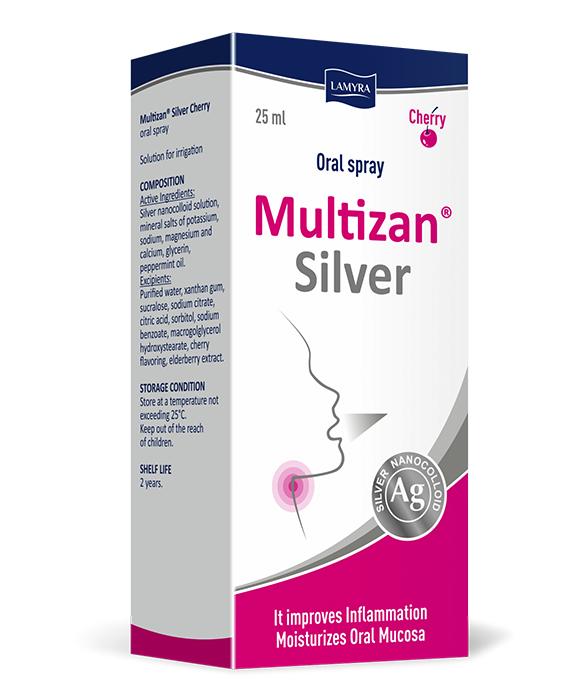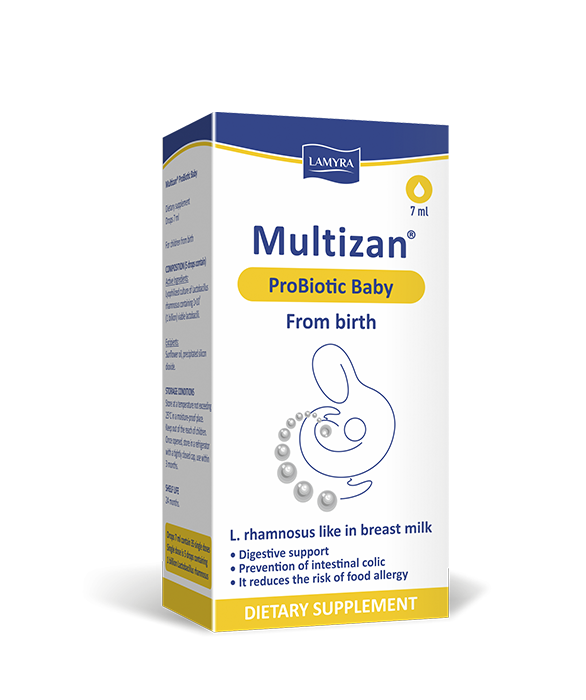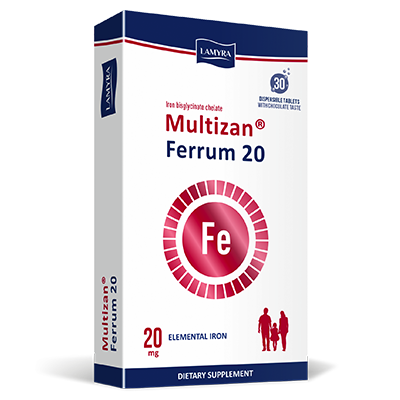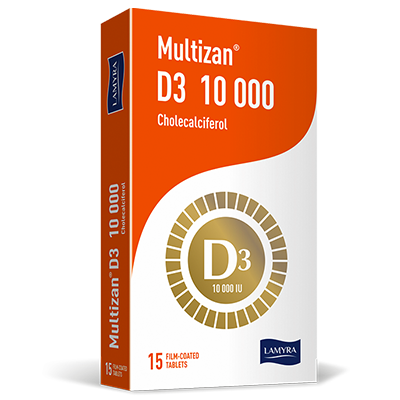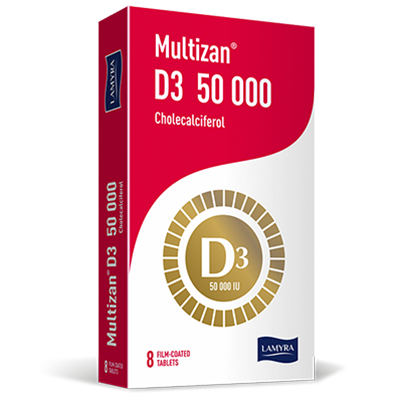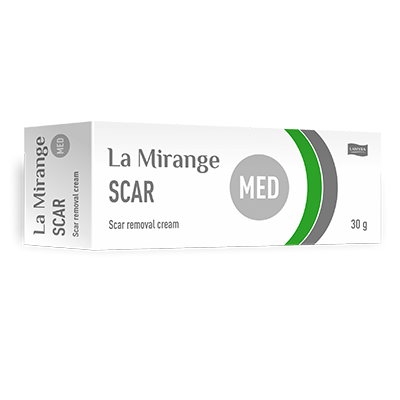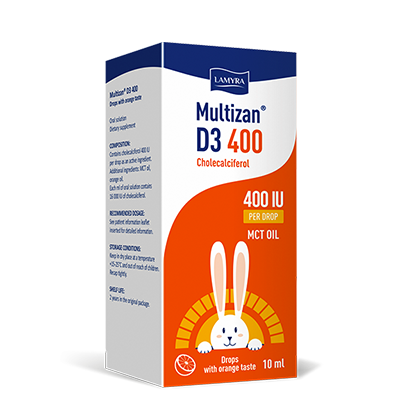Frequent colds indicate the body’s decreased defense. There is local immunity aside from general immunity. Viruses and bacteria easily penetrate the body and cause the development of diseases, when it weakens. You can protect your child from constant colds using the products that restore the barrier function of the mucosa of the throat and nose.
THE CHILD'S IMMUNITY
Immunity can be acquired and congenital. It ensures the body's natural defense against viruses, bacteria and other antigens.
The first category includes immunological memory. It is a special mechanism of «training» of the defense system to detect and quickly fight an infection in case of its recurrence. Congenital immunity is a complex of protective factors that provide the skin covering and mucous membranes.
A person’s immune system is formed before birth, but it finally develops by adolescence. During the first 15 years of life, children get through several critical stages, when the body is especially vulnerable and needs enhanced protection.

1. From birth to 28 days
The child is born with passive immunity. Maternal antibodies, which are immune proteins capable of detecting and destroying pathogenic organisms, partially protect the child. Most antibodies are found in maternal colostrum, and then they come with the mother's milk. Therefore, it is very important to early attach your child to the breast and breastfeed during the first six months of life.
2. Under six months
The mother's immune factors protect the child in the first months of life. They are destroyed by the age of six months. Immune protection is still incomplete: only class M antibodies are formed in response to antigen and vaccine exposure. Compared to G antibodies, they do not provide long-term protection, so measles and pertussis suffered at this age can be recurrent.
3. Under two years of age
General immunity gradually strengthens as the child socializes. The body produces antibodies by the end of the second year of life. They provide long-term protection against suffered infections. However, local immunity is still weak, so the child is prone to frequent viral and bacterial infections, primarily affecting the nasopharynx and respiratory system.
4. Under 6 years of age
The level of M and G antibodies reaches the normal range by older preschool age. It means that the body is able to react to an infection and form a stable immune response quickly. However, the level of A antibodies, an important part of the protective function of the mucous membranes, is still out of high values that increases the chance of getting an infection and developing its chronic form.
5. Under 15 years of age
The last critical stage for the child's immunity is the period of active hormonal change that occurs at the age of 12 years in girls, 15 years – in boys. An increased concentration of reproductive hormones in blood, the first smoking and drinking experience reduce immune protection, so teenagers are more likely to face infectious and inflammatory processes, as well as exacerbated or newly diagnosed autoimmune diseases.
Immunity strength depends not only on age and genetics, but also the child’s environment. The immune system does not develop properly due to poor nutrition and ecology, an early transition to artificial feeding, previous severe illnesses, injuries and surgical interventions. Therefore, the fundamental task of parents is to create good conditions for their child and help to his immunity using special products.
ANNUAL INCIDENCE RATE
“My child is often sick” is a common complaint. A pediatrician can hear it more than once a day. The concept of "a lot" is relative, that's why medicine has established the threshold frequency of infectious diseases, the excess of which demonstrates the body’s weakened immunity:
-
in the first year of life – more than 4 times a year;
-
under three years of age – more than 6 times;
-
under five years of age – more than 5 times;
-
over 5 years of age – more than 4 times.
It is important to take into account not only the frequency, but also the severity of a disease course. If acute respiratory viral infections continue more than 1,5-2 weeks and are accompanied by severe manifestations, this indicates the body’s insufficient immune defense.
NASAL AND THROAT MUCOSA ISSUES
It is important to keep a balanced diet, lead an active lifestyle, get outdoors more often, and avoid disease-causing factors to increase general immunity. However, even complete performance of these recommendations will not protect your child from frequent colds, if the barrier function of his nasopharyngeal mucosa is reduced.
The mucous membrane provides protection due to lymphoid tissue. This tissue is responsible for producing cells, which destroy pathogenic agents, and the mucosa that:
-
secretes mucus that does not allow microorganisms to attach;
-
has the epithelium lined with ciliated cells that move in unison and clear air passages;
-
produces various secrets and fluids that help maintain barrier functions, immunoglobulins, interferons and enzymes to destroy antigens.
Even if your general immunity is strong, you can get sick more often and more severely with low protection. The assessment of local immunity is carried out in terms of chronic or frequent inflammation of the mucosa of the nose and throat, swollen lymph nodes.
CAUSES OF WEAKENED LOCAL IMMUNITY
There are external and internal factors that reduce the mucosa’s barrier function.
1. The internal factors are an impact of the inflammatory process on the mucosa’s permeability. There is increased permeability associated with acute or prolonged chronic inflammation, so microbes getting the mucosa easily enter the body.
2. The external factors are associated with the environmental effects on the mucosa’s immune defense. Dryness, air pollution, smoking, an uncontrolled local use of medications with an aggressive formulation and mechanical tissue damage are pathogenic factors.
Air dryness is an important factor, but it is often neglected. Nevertheless, this factor is one of the causes of frequent colds in winter during the heating season.
HOW TO RESTORE LOCAL IMMUNITY AND IMPROVE RESISTANCE TO INFECTIONS
In medicine, there are three methods to improve the mucosa’s condition and increase its resistance to infections:
-
mechanical: cleaning (washing, rinsing) with special solutions;
-
chemical: application of therapeutic formulations that improve the protective function;
-
combined.
It is important to be mindful of safety measures using any method. Many chemicals have an aggressive formulation that dries the mucous membrane, leads to discomfort, swelling and inflammation.
You should not forget about general immunity when working on local immune defense. It is necessary to eat a healthy diet, practice hardening, get outside more often and avoid stress to maintain it.
Multizan Silver – RESTORATION OF THE LOCAL DEFENSE OF THE MUCOSA OF THE NOSE AND THROAT VERSUS PERMANENT COLD TREATMENT
Multizan Silver, products based on nanocolloidal silver, dexpanthenol and mineral salts of sodium and potassium, will help strengthen the barrier function of the mucosa of the nose and throat due to:
-
destruction of pathogenic microorganisms;
-
relief of the inflammatory process;
-
restoration and healing of the mucosa;
-
increased function of the ciliated epithelium.
The spray with an innovative and safe formulation is suitable for children and adults, it can be used:
-
in the period of acute respiratory infections;
-
to relieve residual effects after recovering;
-
to prevent infections and exacerbations;
-
in case of chronic inflammation.
Multizan Silver is suitable for long-term use, does not cause addiction and resistance in bacteria. Even when the concentration is minimal, nanosilver fights viruses, dangerous bacteria and fungi, does not cause damage to the body due to its selective effect on the cells.
In summary, Multizan Silver sprays are the best product for strengthening local immunity, reducing the frequency and duration of your child’s cold.

